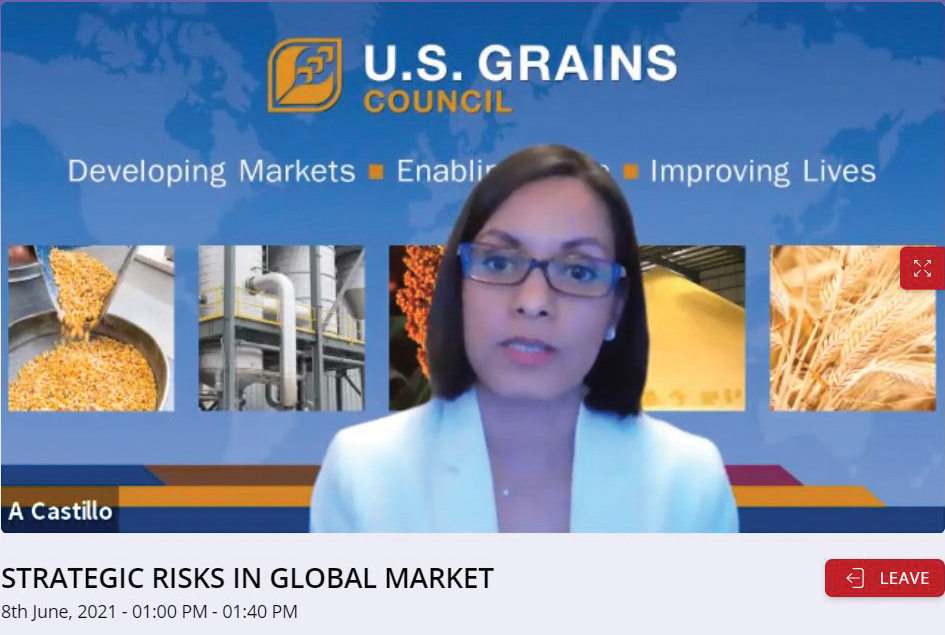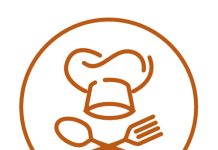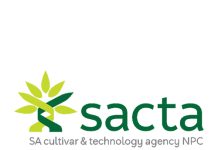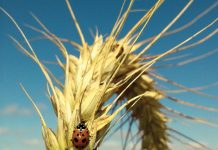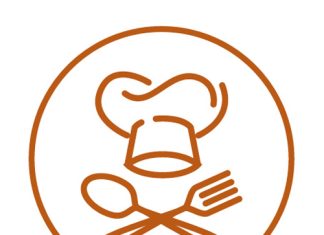The International Grains Council (IGC) conference with the theme ‘Grains and oilseed sector: Strategic risks and resilience post COVID-19’ was held in June 2021. It was the second consecutive year that the conference was held virtually due to the COVID-19 pandemic.
Although, in general, a virtual platform is not regarded as optimal for networking, there were many opportunities to network with participants from all over the world. The conference programme was packed with a total of 22 live and interactive sessions over the two days. This article highlights some of the interesting sessions that were presented during the conference.
Trade finance: Unlocking the trade potential in the grains sector
The trade session mainly focussed on the challenges and opportunities regarding the financing of grain and oilseed trades. One of the biggest challenges is that more than 40% of the global grain and oilseed shipments have a journey of more than a month. The long timespan between shipment and delivery makes it hard for traders to manage their working capital and therefore financing is a key aspect in the grain and oilseed trade.
New opportunities for trade finance should be evaluated as stricter regulation of the normal banking sector sometimes makes it harder to access finance. The COVID-19 pandemic accelerated the withdrawal of funds from banks as main sources of financing of trading. One of the possible solutions discussed by the panel was to secure financing form institutional investors who are not bound by the same regulatory environment as banks. New processing technology in the finance sector, such as paperless transactions and blockchain, will also start to play a more dominant role in the grain and oilseed trade in the near future, as this has the scope to reduce transaction cost and increase security.
Feed demand: Prospects for global livestock and poultry sectors
Global feed demand has shown steady increase over the last decade, with record consumption achieved since the 2016/2017 season. The total growth in the global feed demand since the 2011/2012 season was 28%. The expectation is that the global feed demand will reach a new record during the 2021/2022 season.
The biggest factor that contributed to the growth in feed demand is the increase in meat production and consumption. Maize is still the biggest feed grain used, while the growth of high-protein feeds outpaced that of grains as the expansion in meat output was driven by pork and poultry over recent years. The expectation is that the feed consumption will continue to grow in the 2021/2022 season as the global economy is expected to start showing some recovery. The recovery of food systems could, however, be uneven across the world. The Chinese demand for feed is likely to grow further during the 2021/2022 season, but African swine fever (ASF) could remain a risk. Chinese meat import demand will influence animal protein production in the main exporting countries.
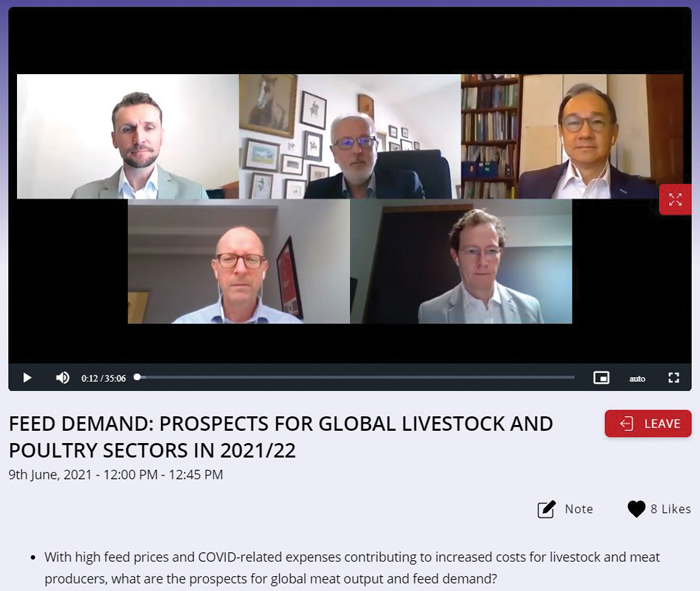
Strategic risks in the global market
During the strategic risk session, aspects such as globalisation, protectionism, digitalisation and future investment in logistics were discussed. The normal trade patterns of grains and oilseeds were distorted in recent years, mainly due to policy decisions made by the largest exporting and importing countries, namely the USA and China. The trade war between these two countries had an impact on the normal flow of grains and oilseeds in the international context. The panellists were in agreement that protectionism of countries will remain one of the biggest global risks for the grain and oilseed trade in the future.
